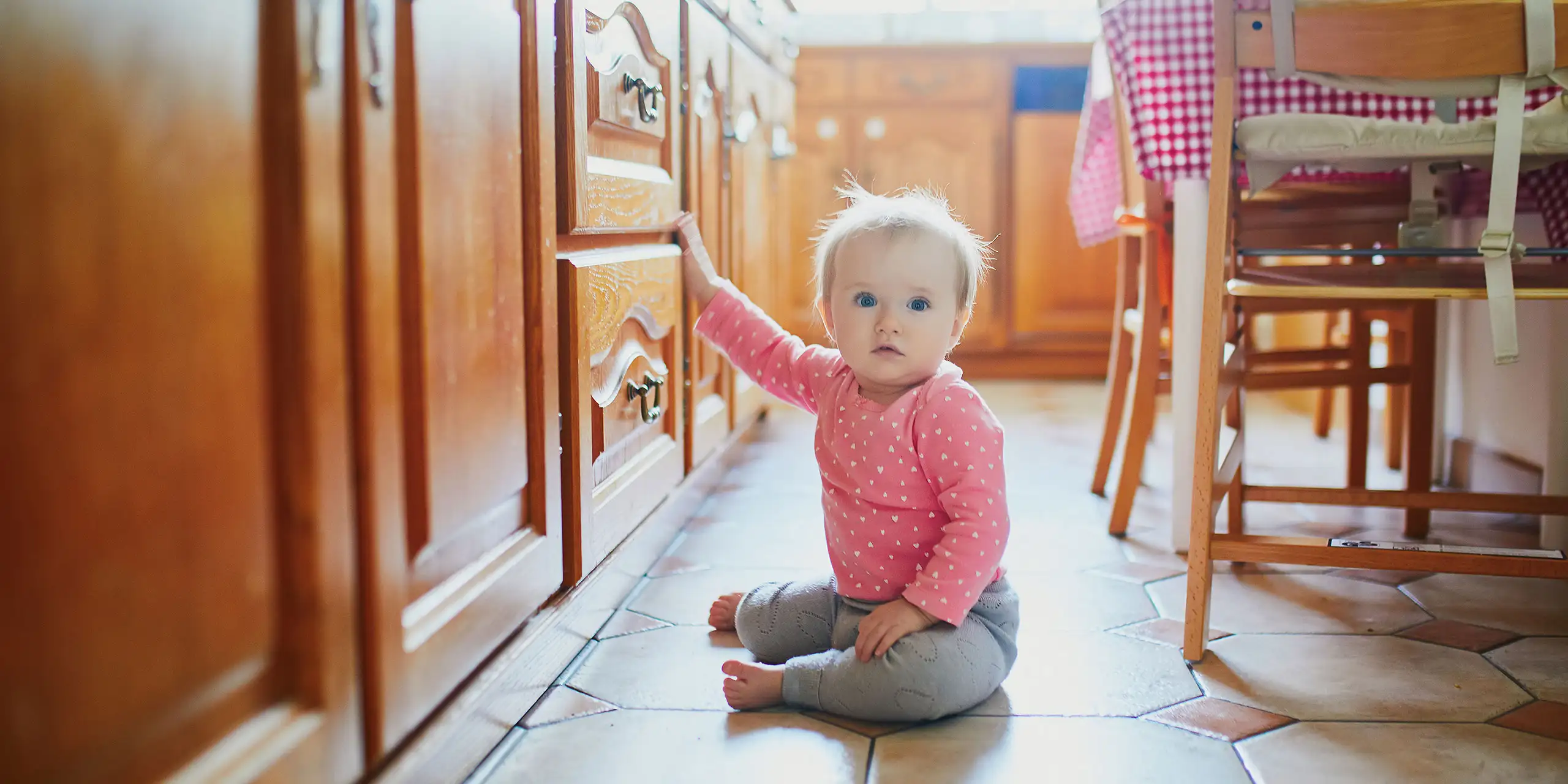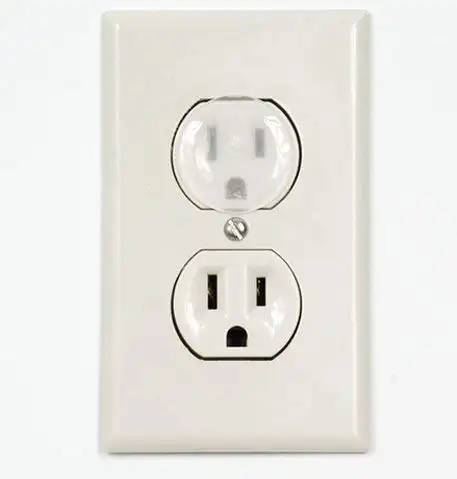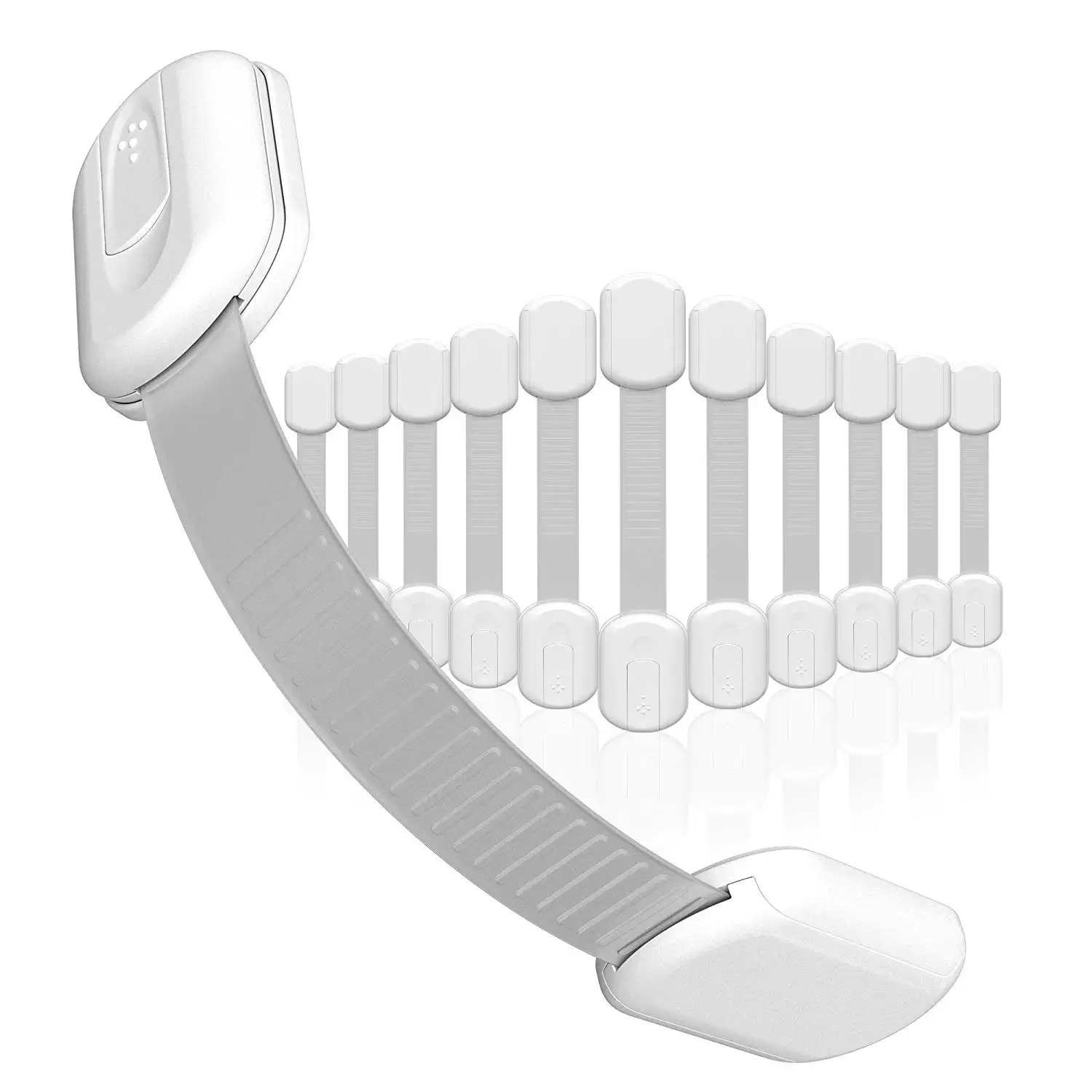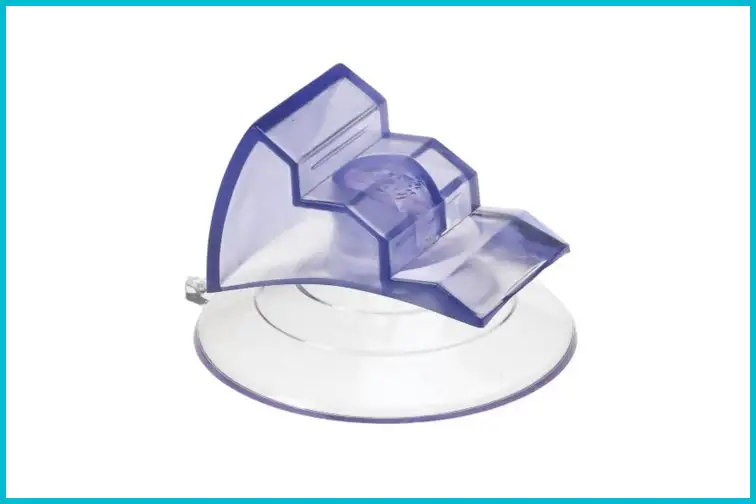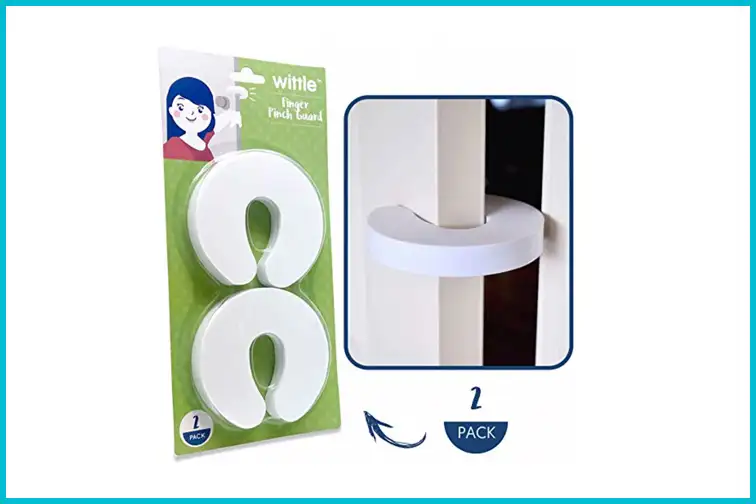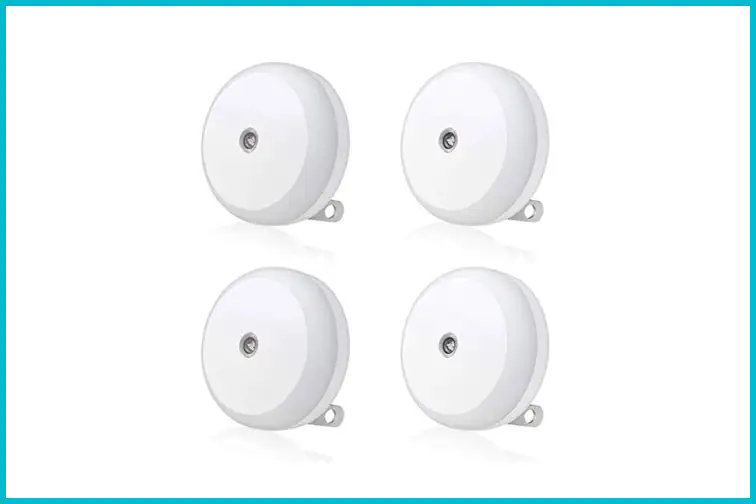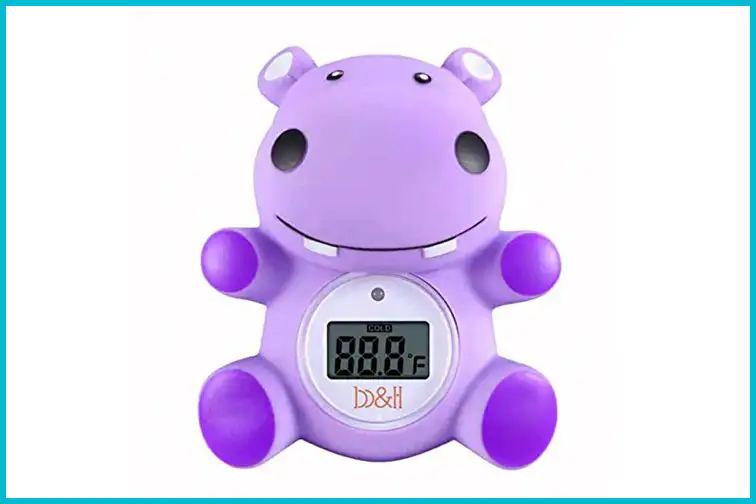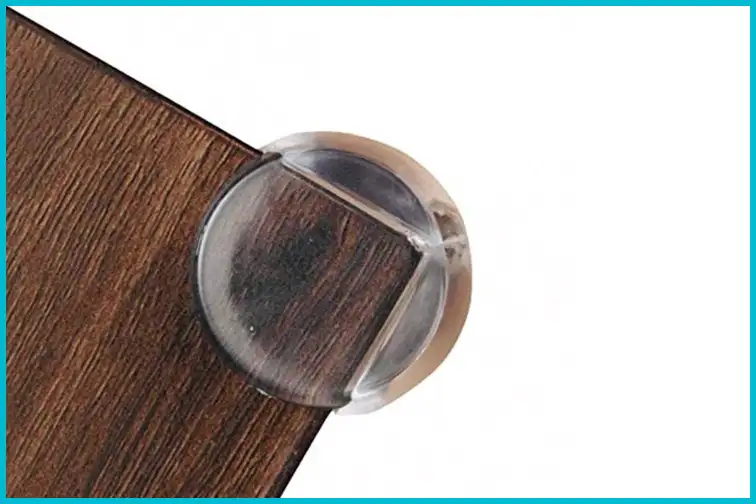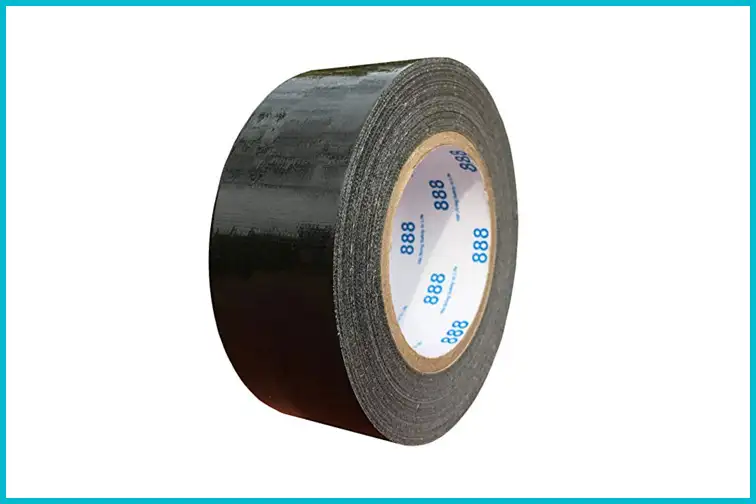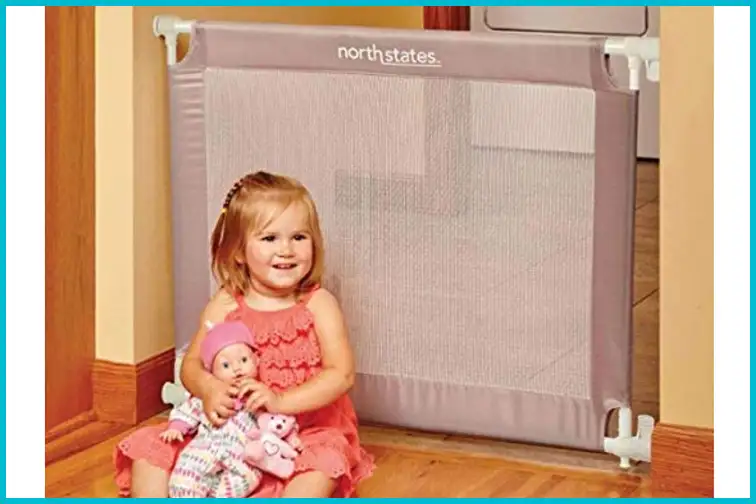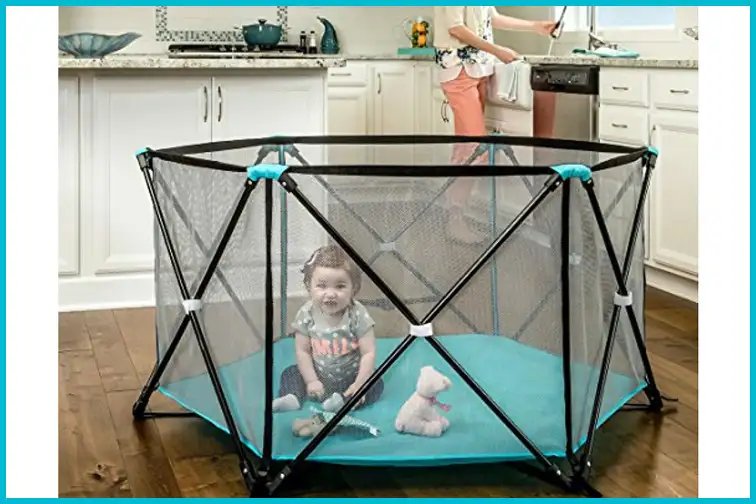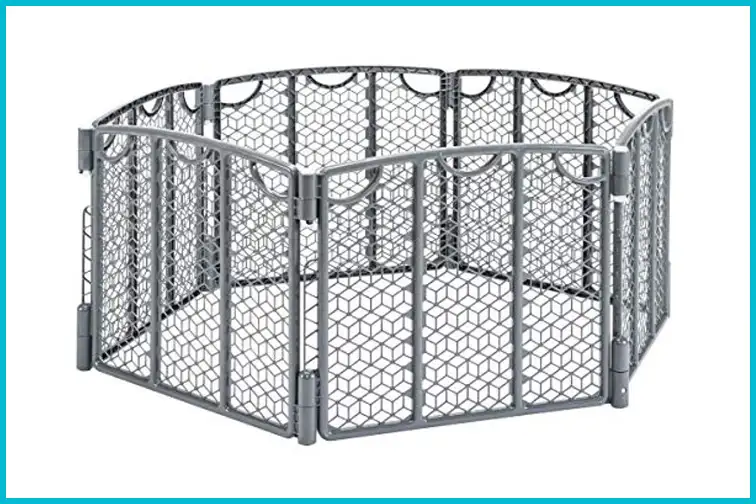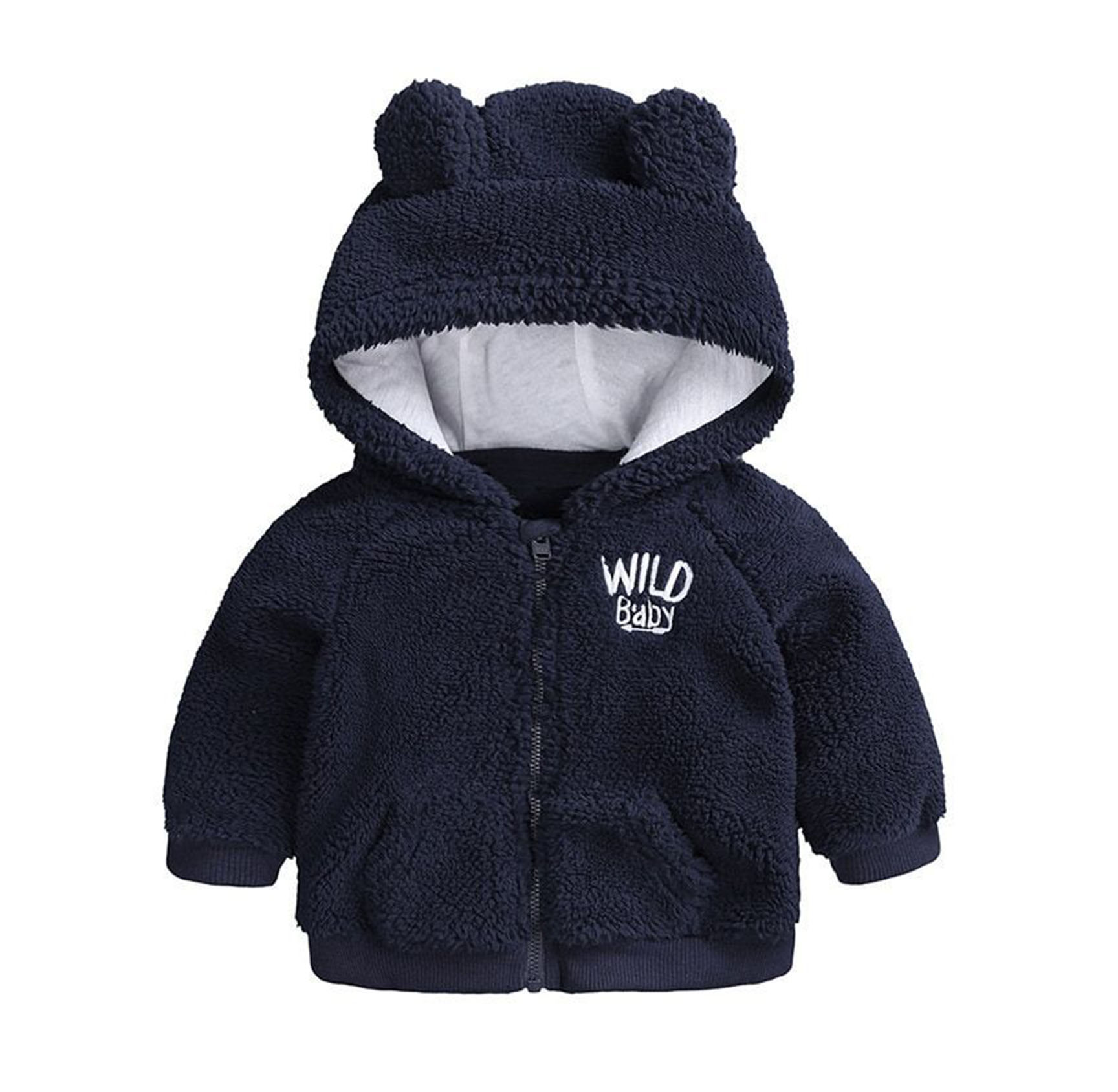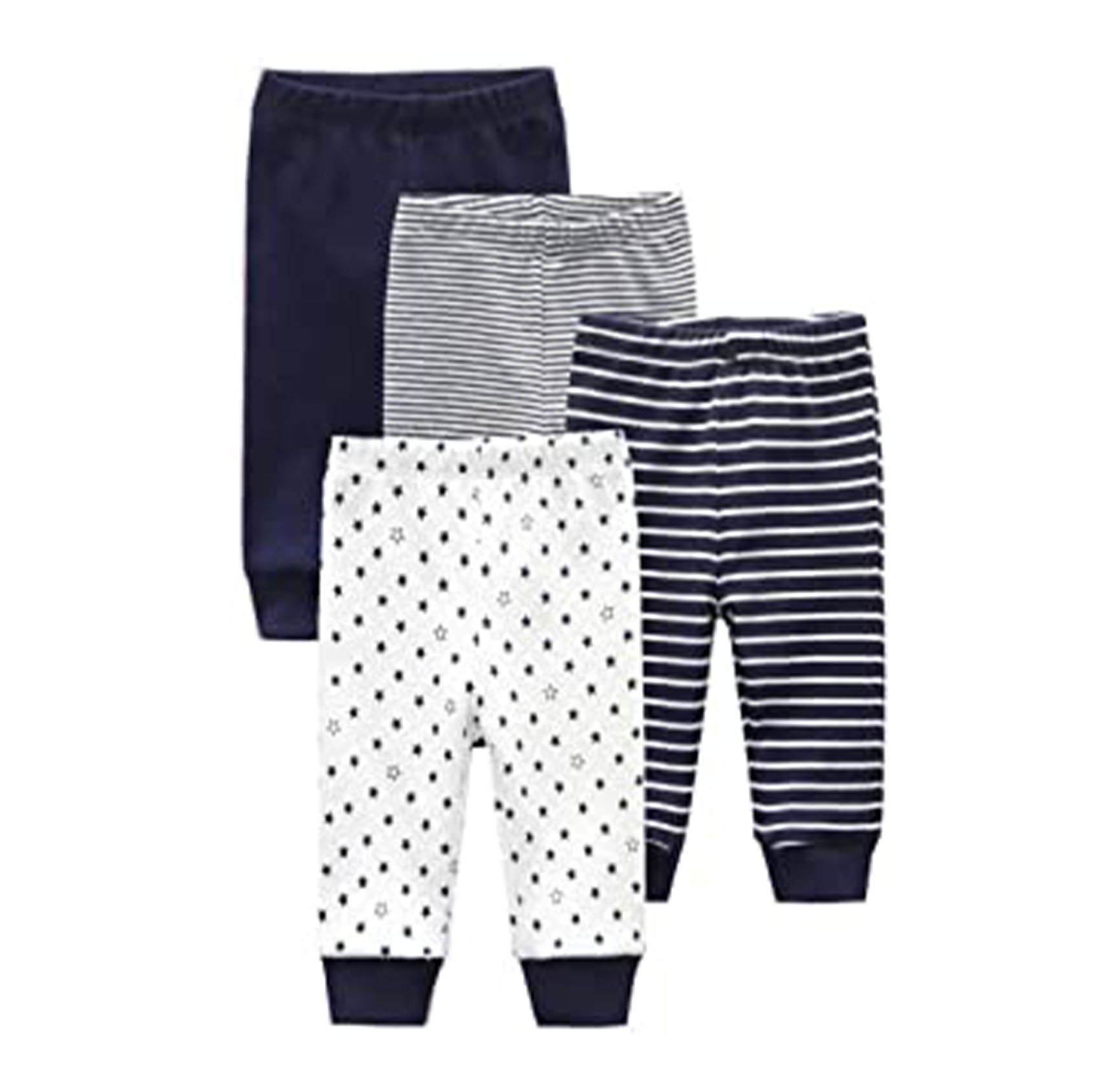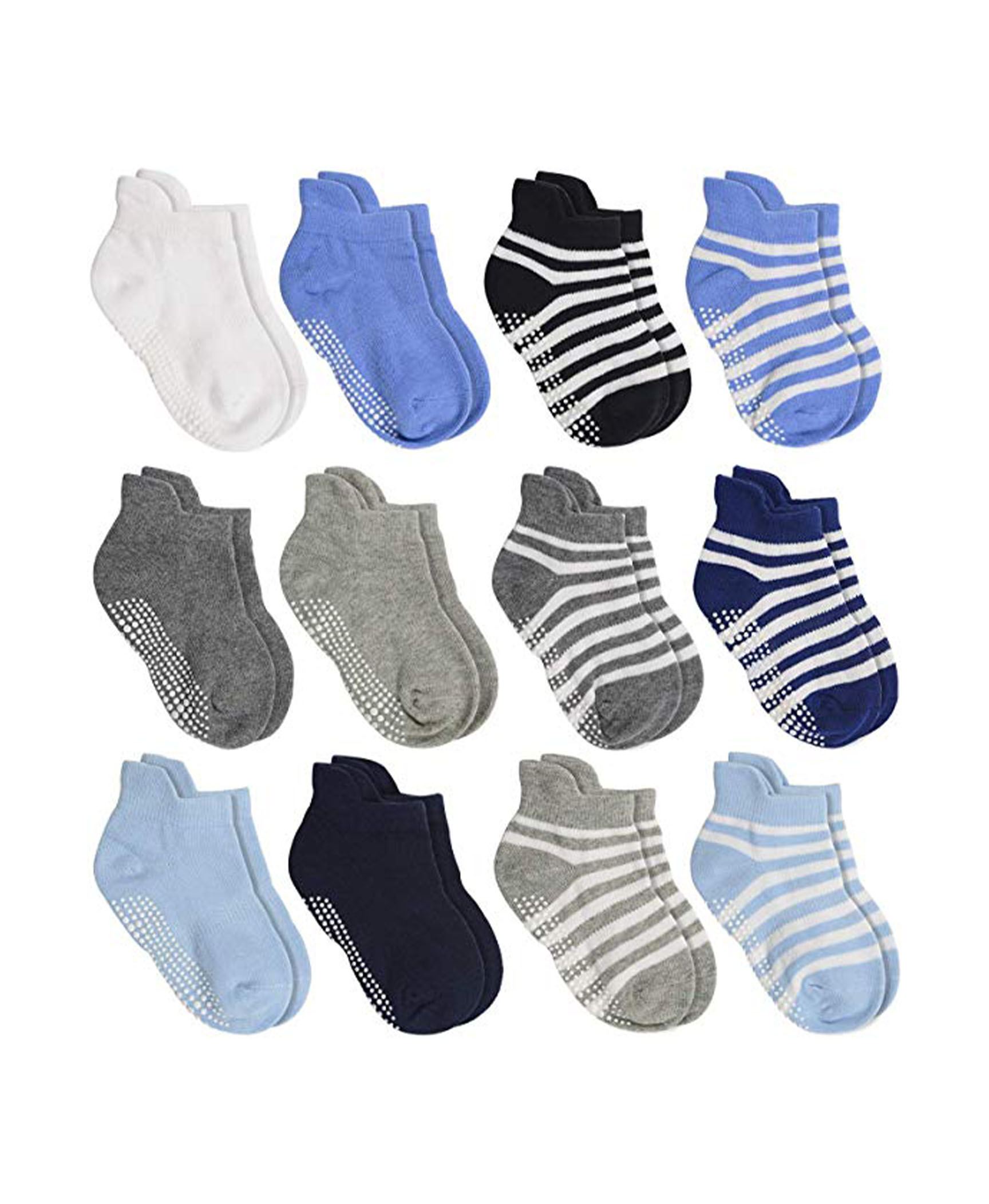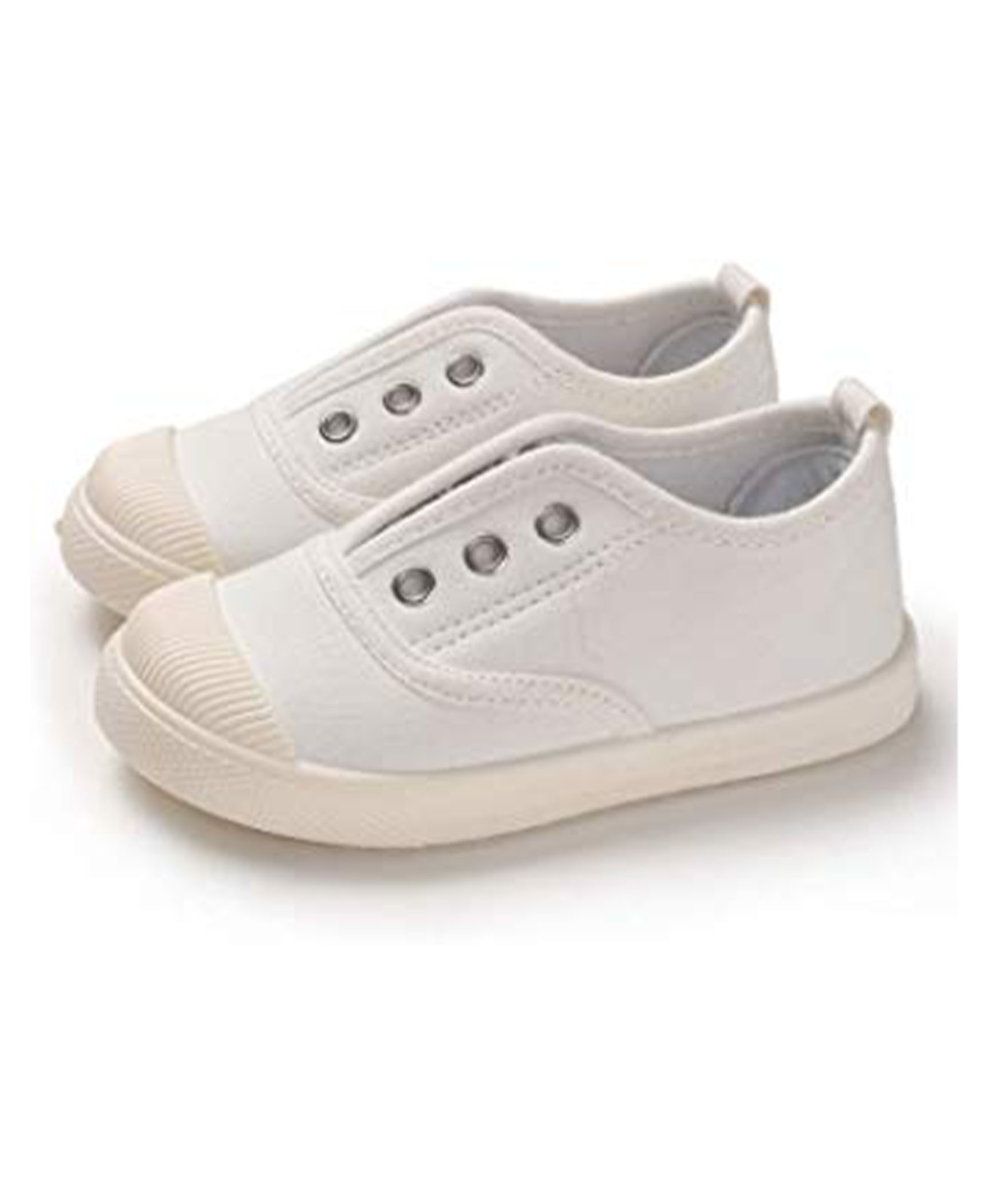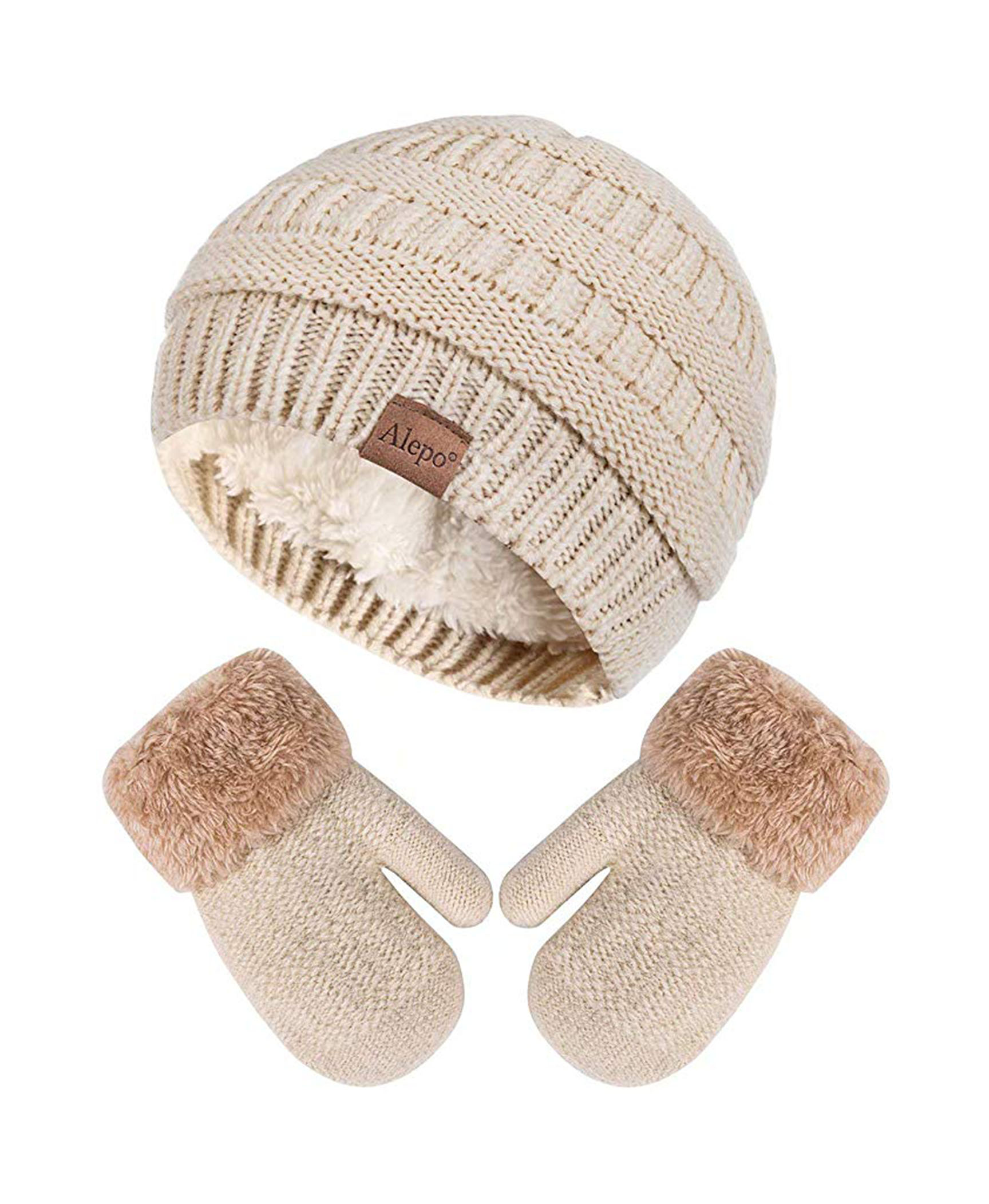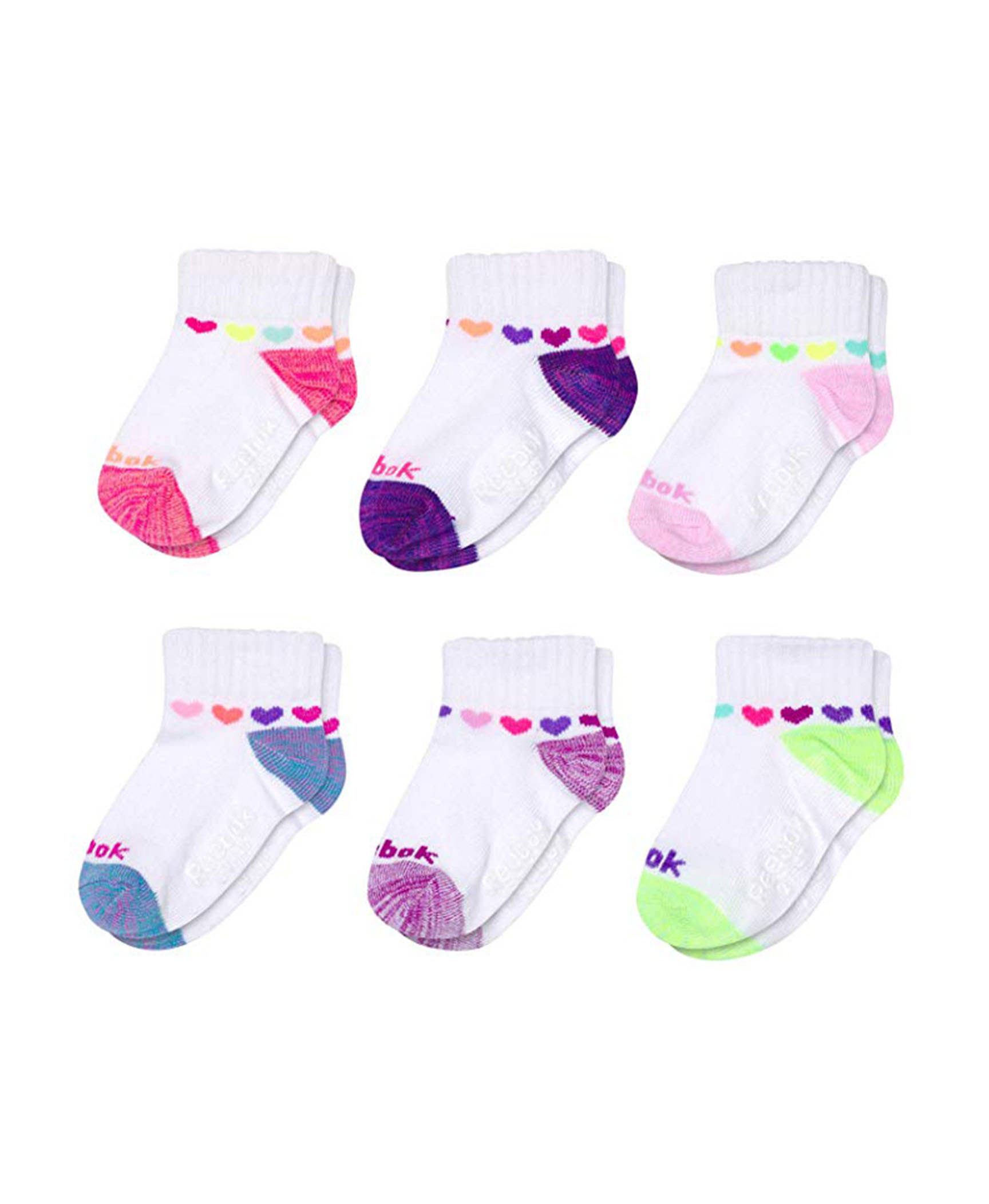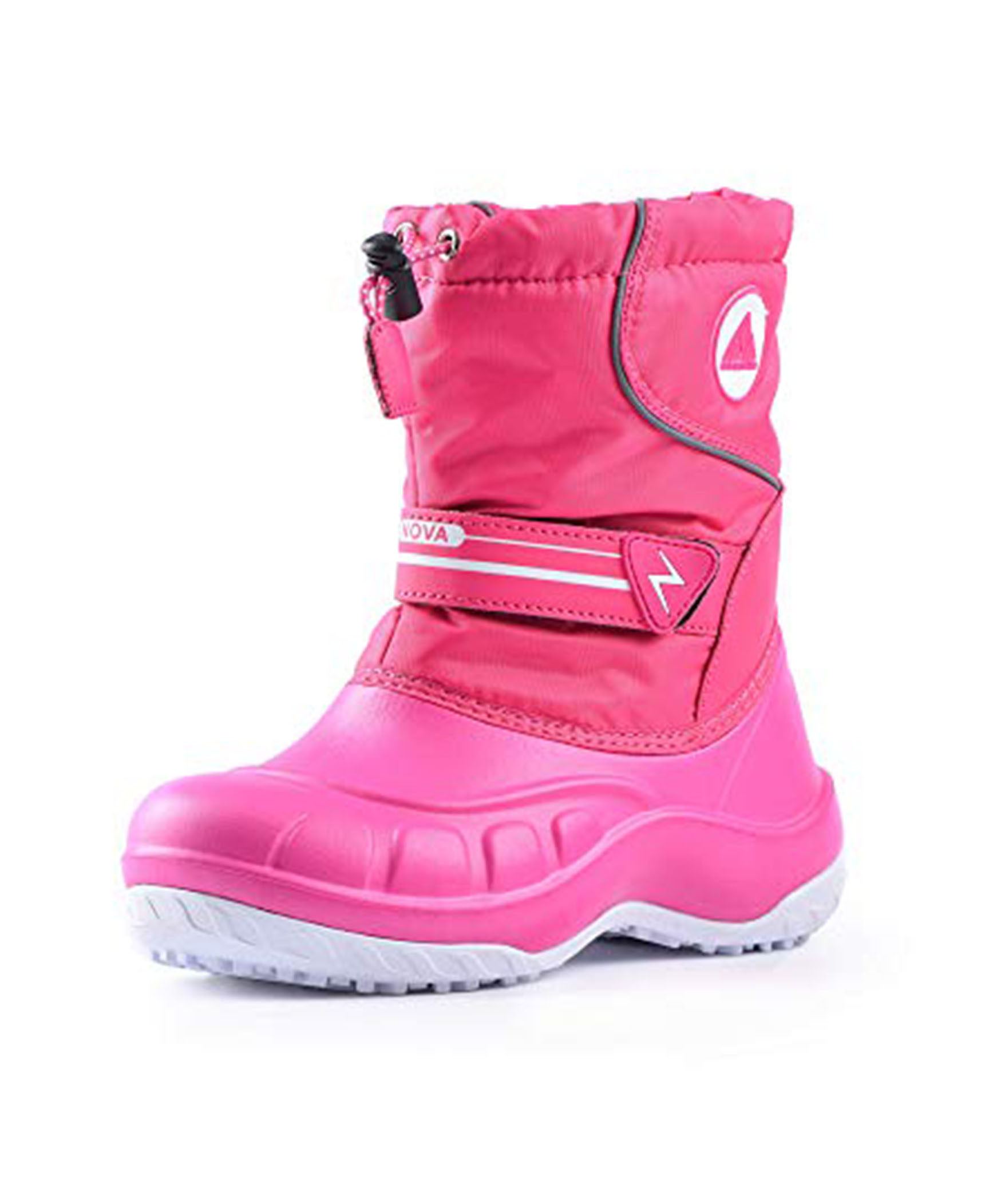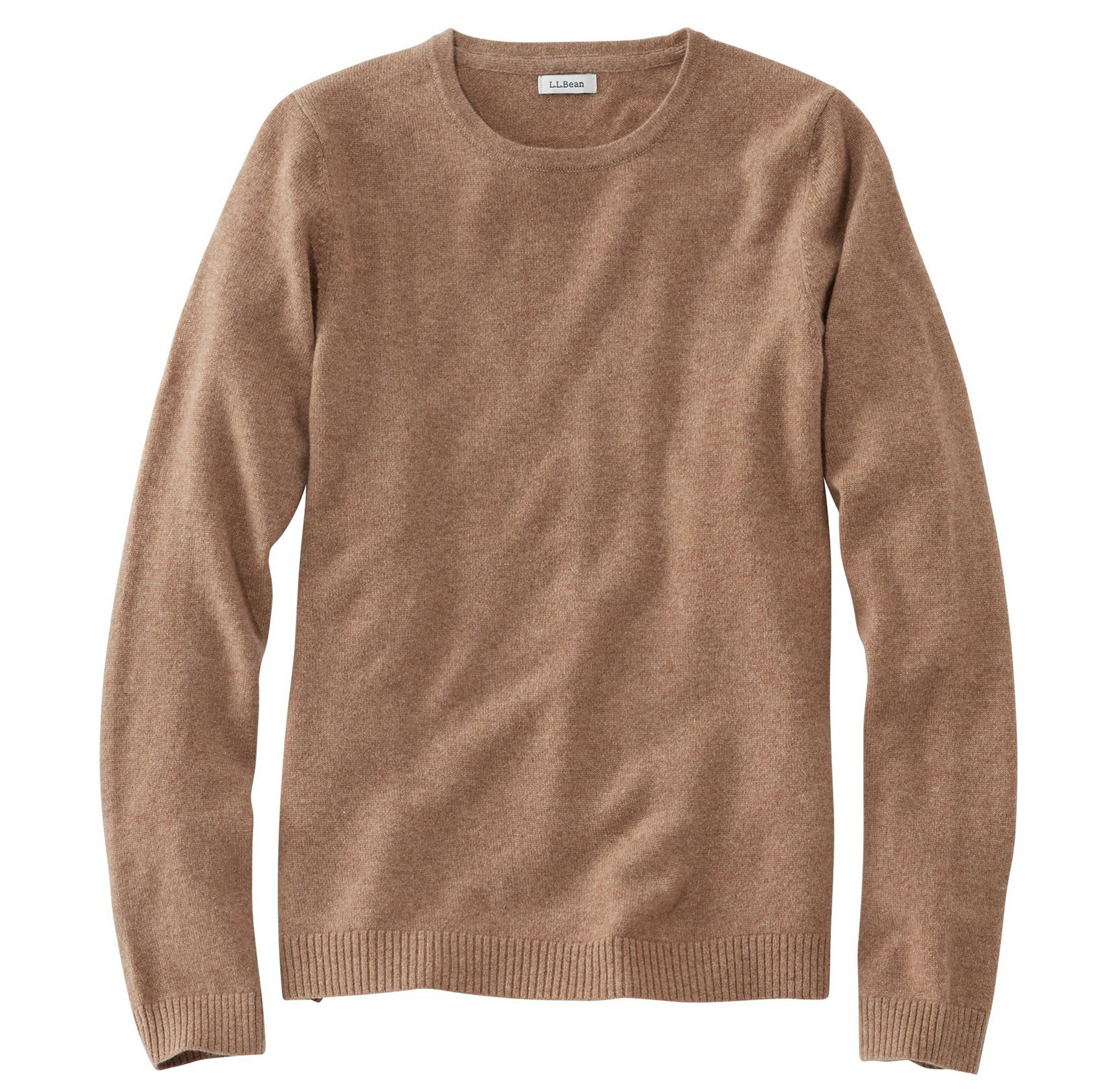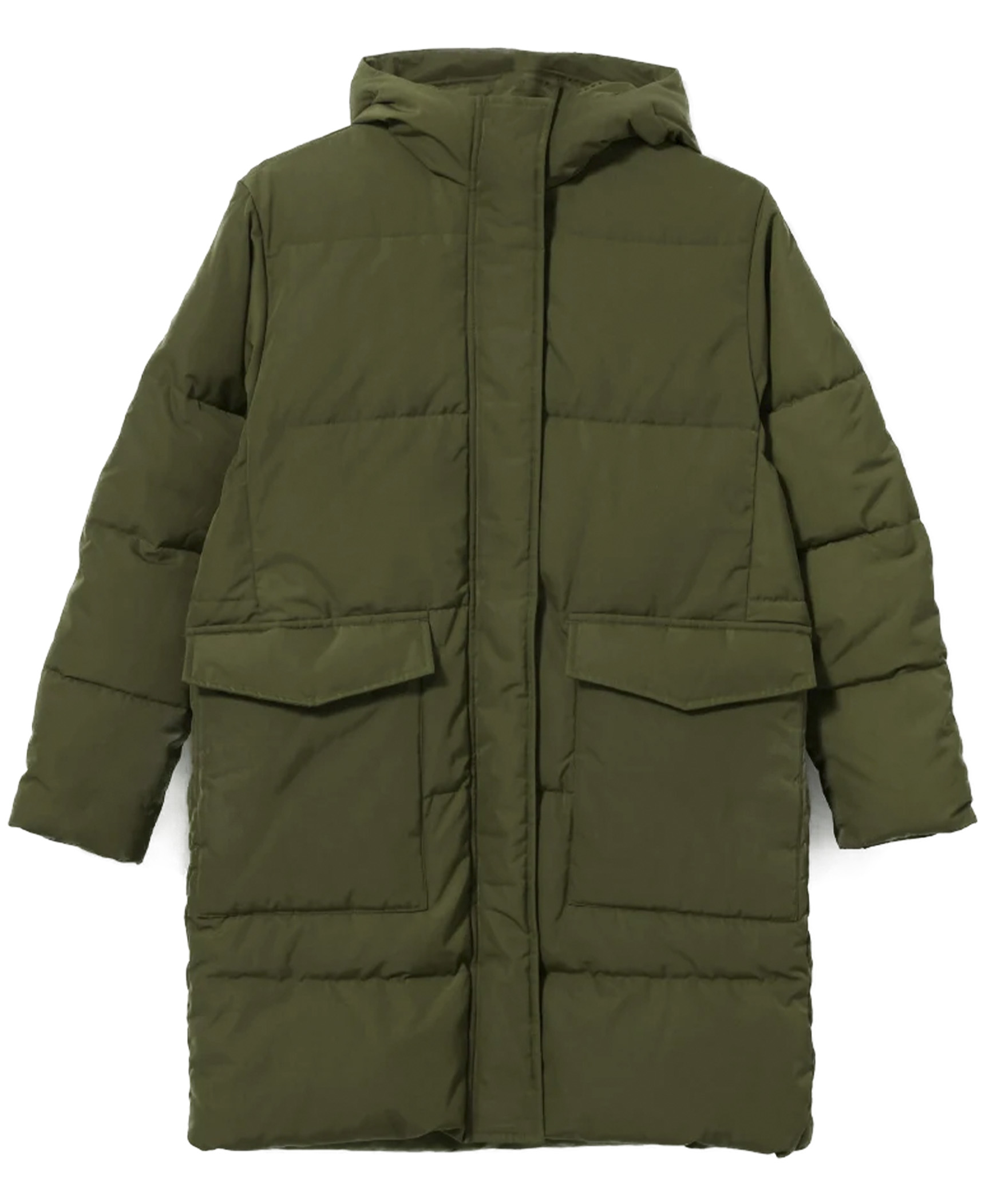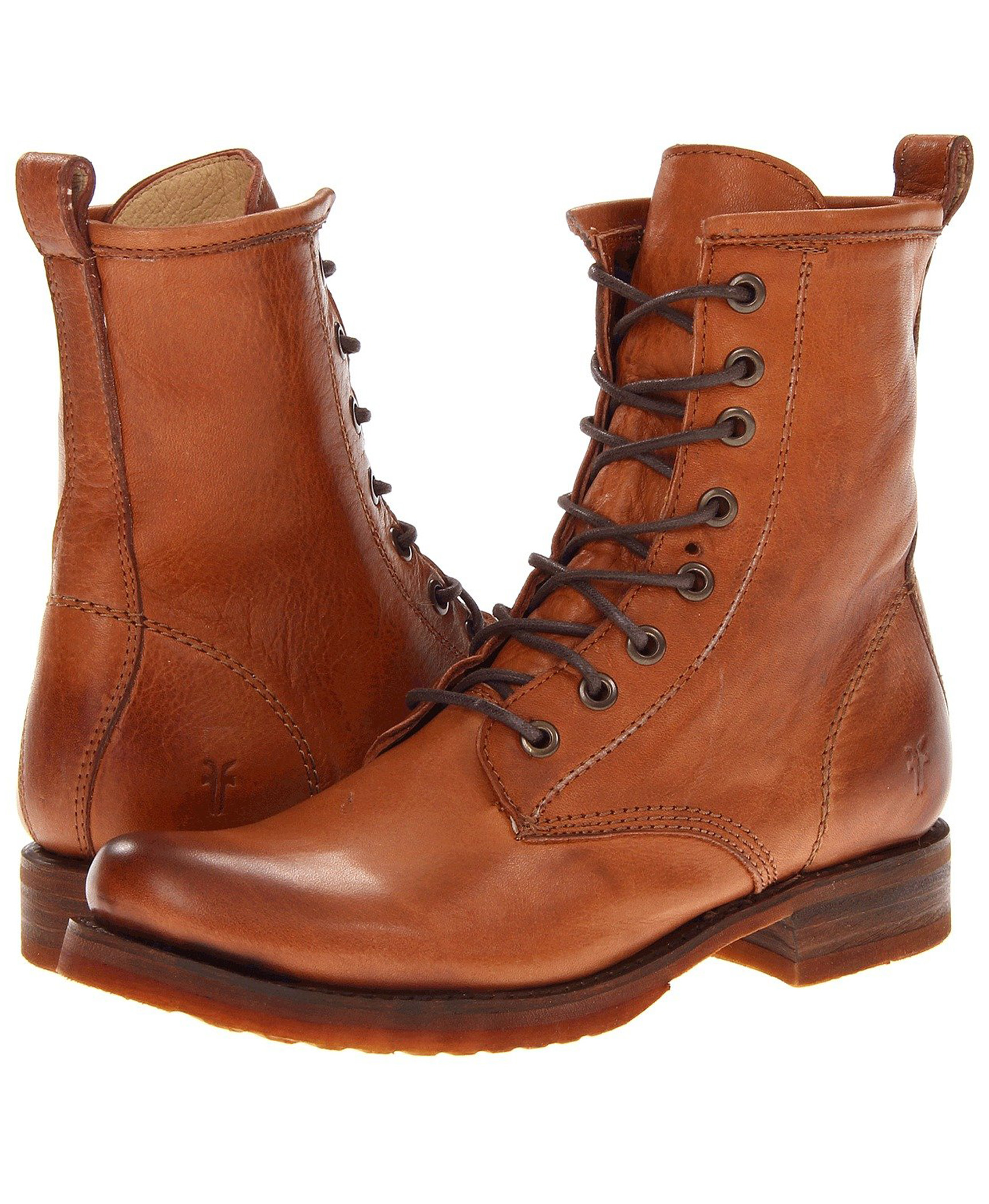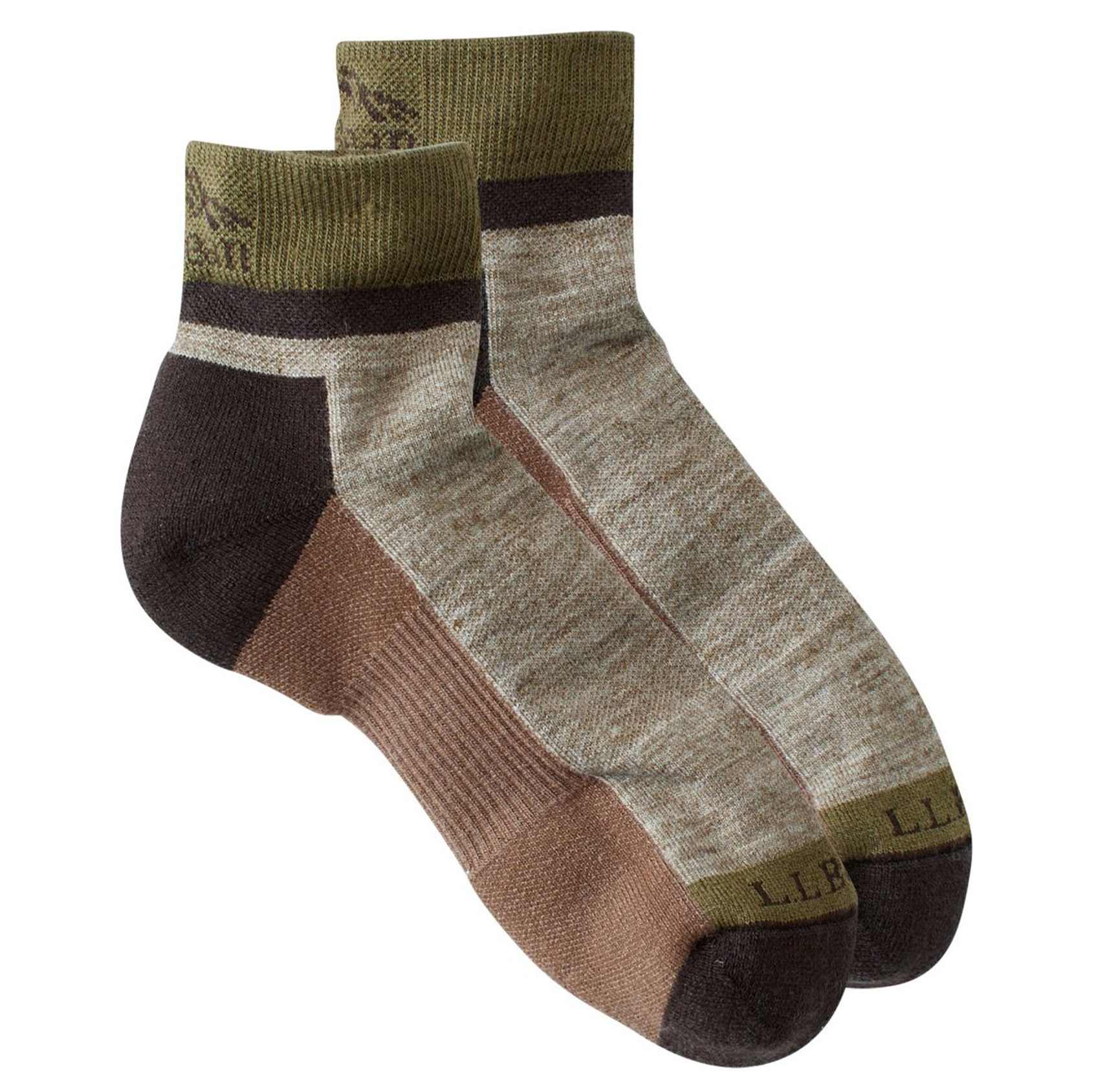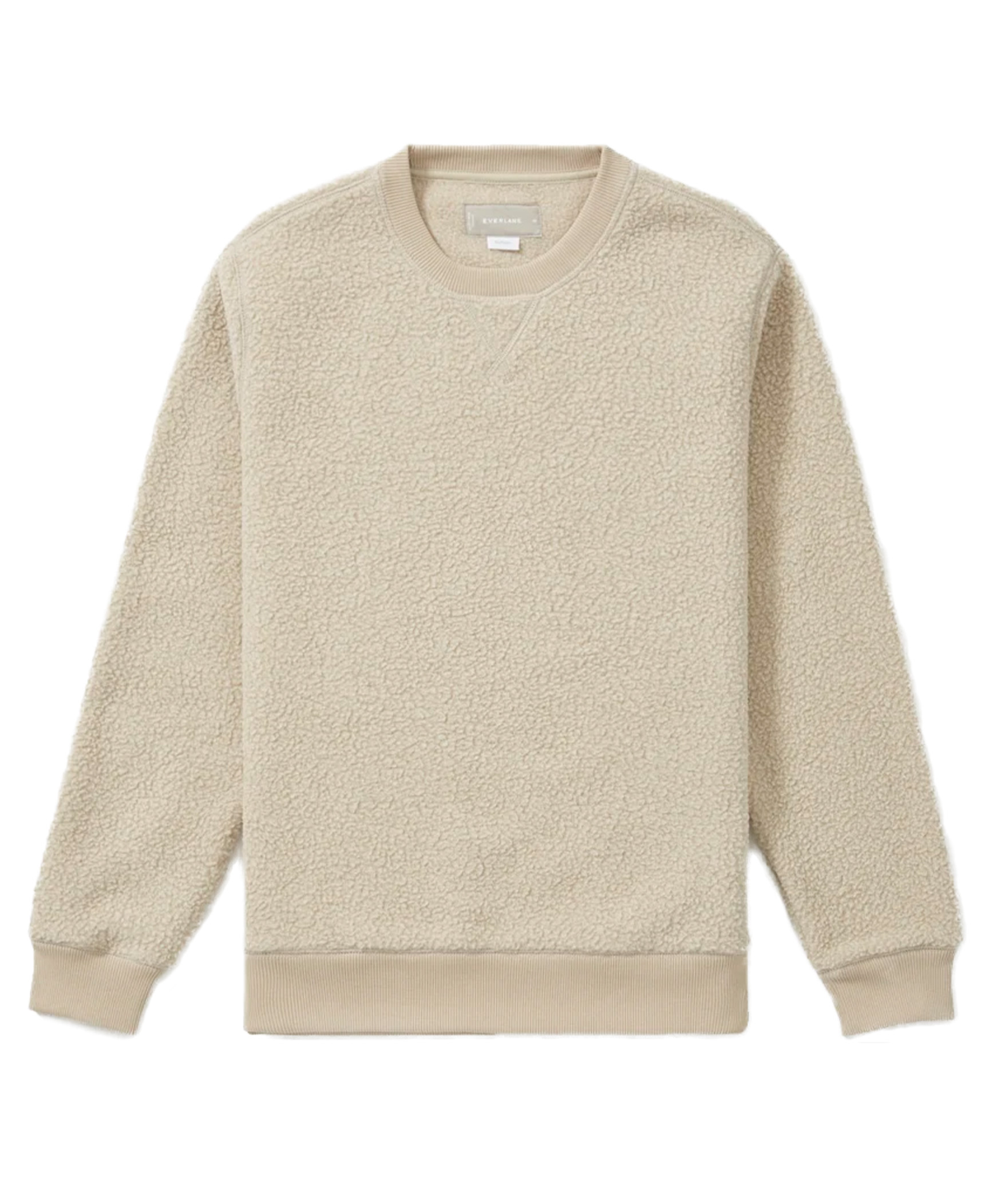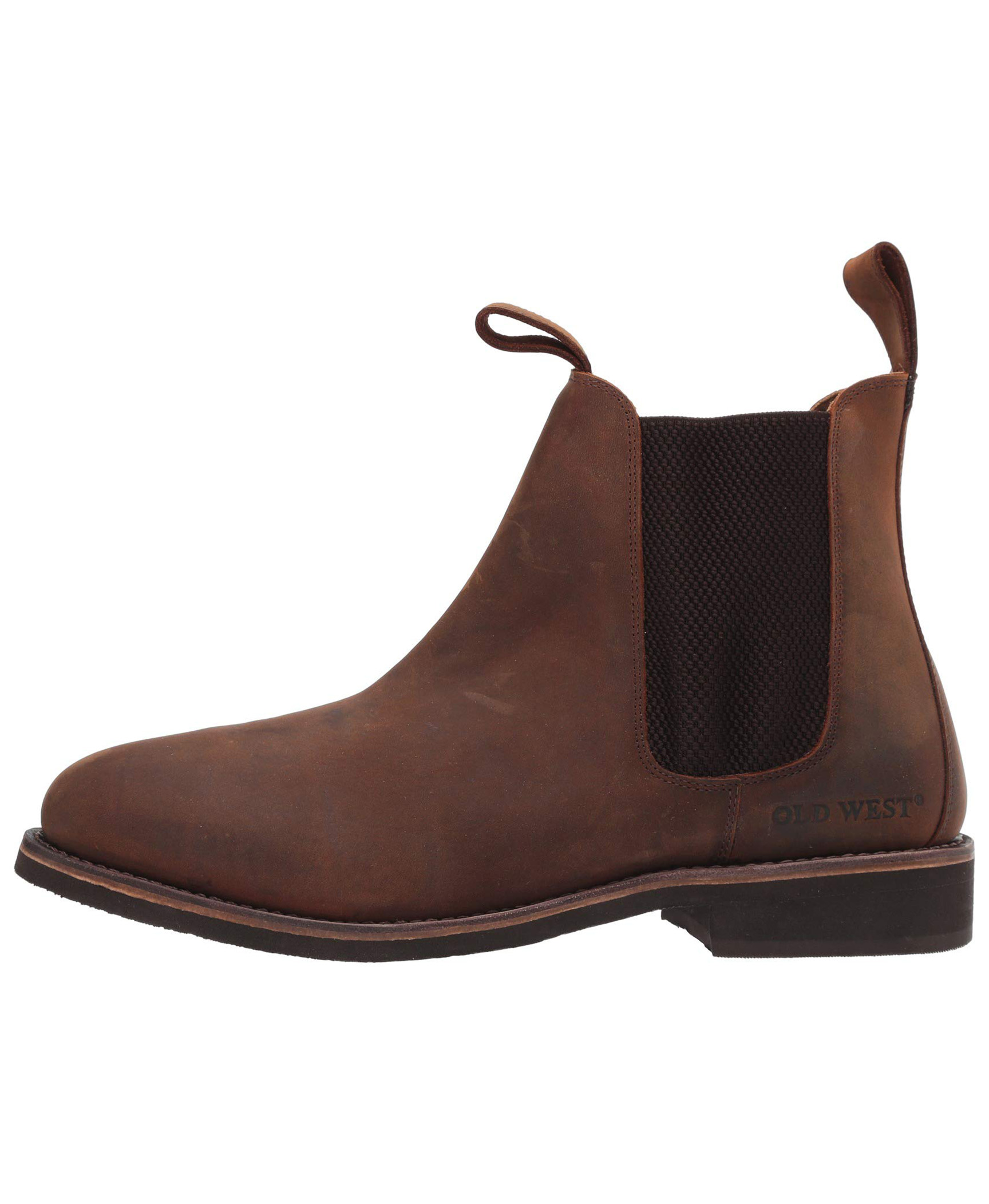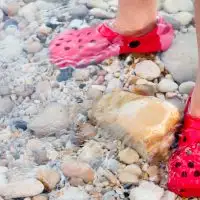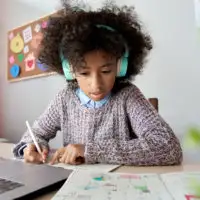Concerned about keeping baby safe on your upcoming vacation? Make your own childproofing travel kit! While we know you’d ideally like to wrap the entire hotel or vacation rental in bubble wrap, you really only need a few low-cost items, a keen eye for potential hiccups, and a bit of extra planning. These expert tips will put your mind at ease so you can enjoy your vacation a little more.
How to Make Your Own Childproofing Travel Kit: 8 Items to Pack
We talked to Kim Finkbeiner, president and professional childproofer at Baby Proofing Pittsburgh, about the best items to put in a baby-proofing travel kit. Put them in a toiletry bag or tote for easy organization.
1. Outlet Covers
Prevent precious little fingers from getting into electrical outlets. These outlet covers come in packs of 32, so you’ll have plenty for home, and to throw in your carry-on bag!
2. Latches
You can use these latches to keep little hands out of cabinets with chemicals and other no-no’s. These latches by Munchkin also come highly recommended by many parents.
3. Super Stopper
Peter Kerin, owner of Foresight Childproofing, says these suction cup stoppers work great on sliding patio doors that open to pool areas or even on double-hung windows.
4. Door Pinch Guards
Finkbeiner recommends door pinch guards to prevent pinched fingers and door slams. The flexible shape fits around any size door and prevents kids from accidentally getting locked in a room or the door slamming shut from the breeze.
5. Nightlights
It’s nice to have a nightlight to softly brighten the way in unfamiliar surroundings, especially when it’s dark and you’re sleepy. Colleen Driscoll, Executive Director of International Association for Child Safety, Inc., recommends installing nightlights in high outlets in the bathroom (as opposed to low outlets that toddlers can reach).
6. Floating Hippo Bath Thermometer
“Be careful when bathing,” warns Driscoll. “The hot water could exceed 120 degrees Fahrenheit, the recommended temperature for your home to help reduce scald burns.” This cute hippo thermometer is a fun way to make sure the hotel bath water isn’t too hot or cold for baby. Plus, it doubles as a toy. Packing win!
7. Corner Cushions
Sharp corners on coffee tables and other furniture can be covered with soft corner cushions, such as these covers by Heelababy. However, Finkbeiner recommends using 3M Command Strips instead of the included adhesive so you can easily remove them from your vacation accommodations. These corner protectors, available on Amazon, are also a great option.
8. Duct Tape
When in doubt, duct tape can solve a lot of potential problems. “We actually leave a roll in our bags so we don’t forget,” says Corinne McDermott of Have Baby Will Travel. “It comes in handy for stroller and suitcase repairs and even hanging towels and sheets as a room divider.”
How to Make Your Own Childproofing Travel Kit: 3 Items to Ship
If you don’t have room to bring playards and baby gates and the hotel or rental doesn’t have them, you can always ship them to the property (hello, Amazon Prime!) and bring them home afterwards.
1. Portable Gate
Baby gates are a great idea for rental homes with stairs. “Be aware that you should never use a pressure gate at the top of stairs (only at the bottom or set back into hall away from top edge of step),” advises Finkbeiner.
2. Portable Playard
An easily portable playard is convenient to have on vacation, regardless of where you’re staying.
3. Superyard
Traveling with toddlers? A superyard provides extra space for them to spread out while also keeping them secure and safe.
How to Make Your Own Childproofing Travel Kit: What to Do Before You Go
- Research your accommodations. View the floor plan online ahead of time. “If your hotel has balconies, request a ground floor room prior to arrival,” says McDermott. “It’s easier for managing with a stroller and other baby gear.” Also request a room farther away from the elevator. “It can diminish the chance that a little one takes an unexpected ride alone,” says Kerin. Your room will also be less noisy the farther away you are from the elevator.
- Ask about cribs. “If you’re using a crib supplied by the hotel, you’ll want to ensure it meets current safety standards and has a fitted sheet designed for the crib mattress (not an adult sheet).” Otherwise, consider bringing your own portable crib and crib sheet.
- And the pool. If selecting a rental property with a pool, Driscoll recommends checking that there are alarms on the doors to the pool and hopefully a four-sided fence completely surrounding the pool.
How to Make Your Own Childproofing Travel Kit: What to Do When You Arrive
- Get down on your baby’s level. “Before getting settled, do a quick scan of the room on your hands and knees,” recommends McDermott. “You’ll get a better perspective from your baby’s point of view and be able to locate hazards that you might not notice by looking down.”
- Create a safe zone. Kerin recommends creating a “safe zone” where the baby can comfortably play. You can move glass coffee tables out of this area and even turn dressers around so that the drawers face the wall and the baby can’t open them. “Rearrange the room to ensure breakables are stored away from toddlers,” says Driscoll. She suggests taking a picture upon arrival so you can remember where to return items, if necessary, prior to departure.
- Assess the balcony situation. “If your accommodations have a balcony and your little one can climb, keep furniture or anything climbable away from the balcony,” advises Finkbeiner. “If the spaces between the rails are wider than four inches, be sure baby is not near the railing unsupervised.”
Cortney Fries (pronounced “freeze” is an award-winning Chicago-based writer and mom to two spunky elementary school-age kids. She loves nothing more than traveling with her husband and kids, having adventures with friends and exploring the gorgeous outdoors. Cortney believes that you should definitely do things that scare you just a little bit. Follow her on Instagram, @cortneyfries.
What to Pack on Your Next Trip
Our team of parents and travel experts chooses each product and service we recommend. Anything you purchase through links on our site may earn us a commission.

